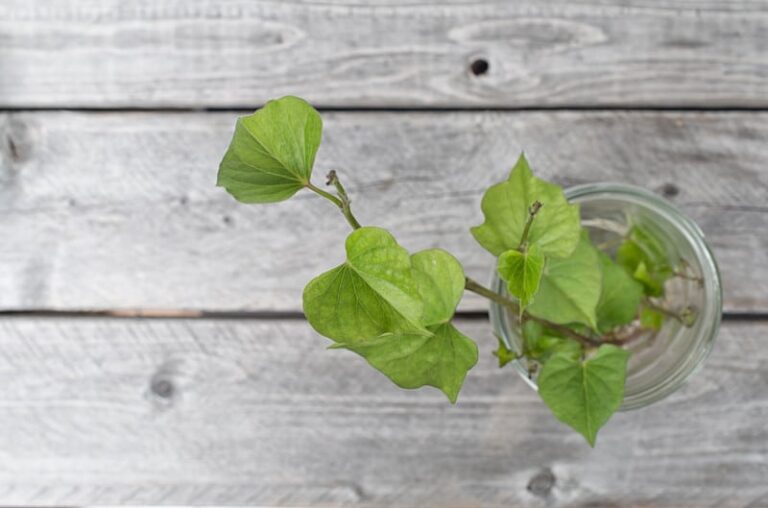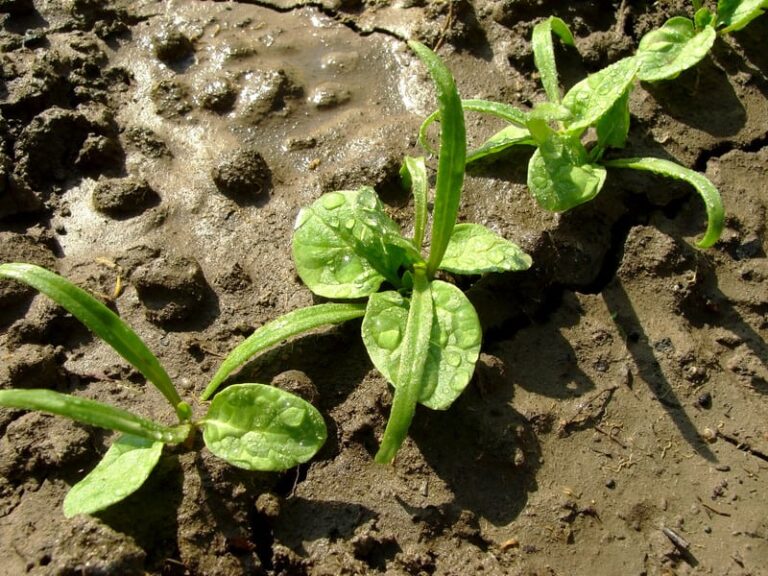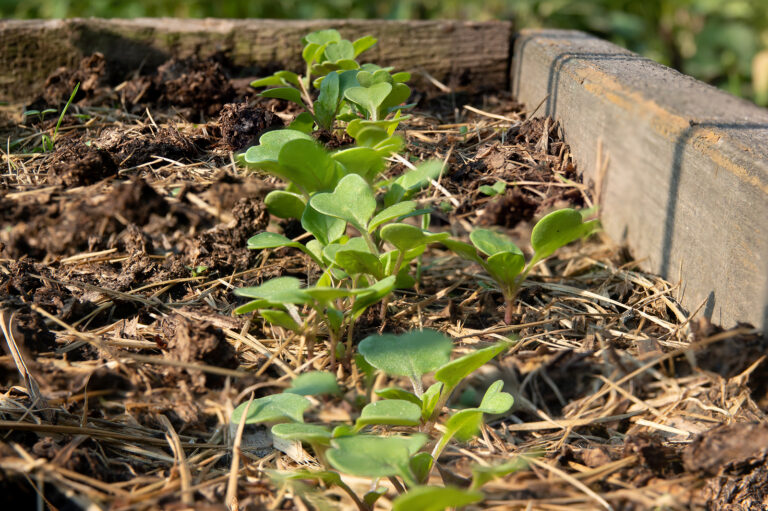Rutabaga Seed Starting Tips
Rutabaga is a cool-weather crop. Sow rutabaga seed in late winter or very early spring for an early summer harvest. Direct sow seed in the garden 16 to 10 weeks before the last frost in spring. In warm regions, it’s best to sow rutabaga in mid-summer for a fall and winter harvest and use. Plant…






